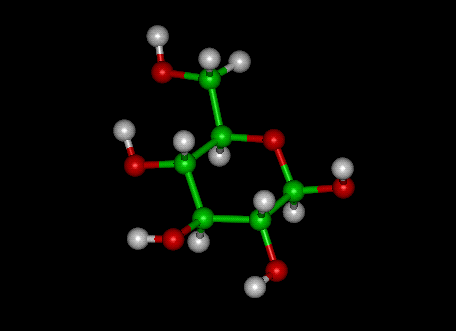
Carbohydrates Homework Questions
1. Which elements do carbohydrates contain, and in what ratio?
2. If a sugar compound has 11 oxygen atoms, how many hydrogen atoms does it contain?
3. Based on their molecular formulas, which of the following are NOT carbohydrates?
a. C3H803
b. C10H18O9
c. C18H32O16
d. C4H8O2
e. C16H32O2
f. C6H12O6
4. For each molecule below, determine if it is a monosaccharide, a disaccharide, or a polysaccharide. You will need to look these up on your own.
a. Fructose
b. Ribose
c. Cellulose
d. Glucose
e. Sucrose
f. Glycogen
5. Describe a biological function for each of the following carbohydrates
a. Cellulose
b. Ribose
c. Starch
d. Glycogen
e. Deoxyribose
f. Fructose
g. Sucrose
6. Draw the molecular structure of the following carbohydrates:
RIBOSE
GLUCOSE
7. Briefly describe the process of the condensation reaction (dehydration synthesis) for carbohydrates.
8. Briefly describe the process of the hydrolysis reaction for carbohydrates.
No comments:
Post a Comment